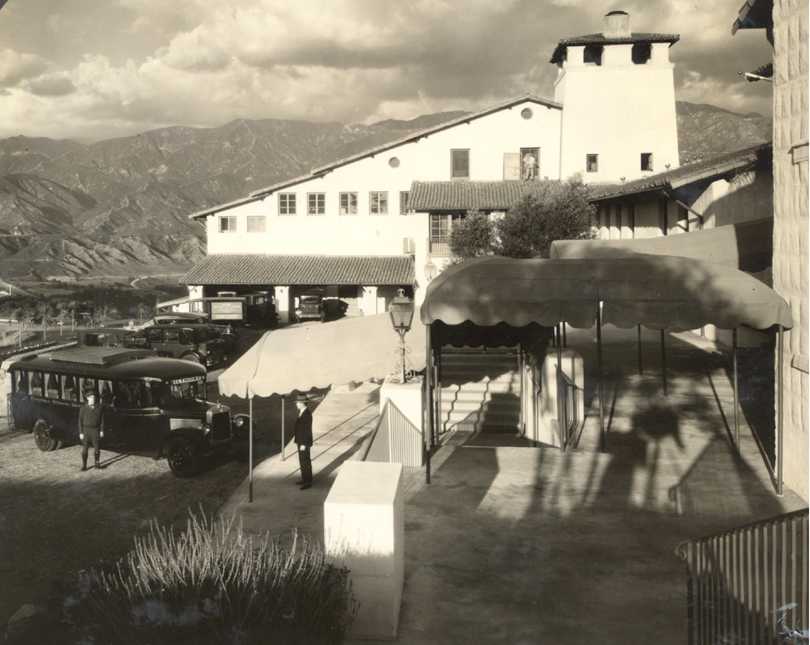|
Cañada
Cañada may refer to: Places Argentina *Cañada de Gómez, Santa Fe province *Cañada Rosquín, Santa Fe province * La Cañada, Santiago del Estero Mexico * Cañada, Alaquines, San Luis Potosí * Cañadas de Obregón, Jalisco * Cañada de la Virgen, Guanajuato, an archaeological site * Cañada, Guanajuato, Cortazar * Cañada Region, Oaxaca * Cañada Morelos Municipality ** Morelos Cañada *La Cañada, El Marqués, Querétaro * La Cañada (Mexicable), an aerial lift station in Ecatepec, Greater Mexico City Spain * Cañada, Alicante * Cañada de Benatanduz, Aragón * Cañada de Calatrava, Castilla–La Mancha * Cañada de Morote, Albacete * Cañada del Hoyo, Castilla–La Mancha *Cañada del Provencio, Albacete * Cañada Juncosa, Castilla–La Mancha *Cañada Real, Madrid * Cañada Rosal, Province of Seville *Cañada Vellida, Aragón *La Cañada de Verich, Aragón United States *Cañada de los Alamos, New Mexico *Cañada del Oro, a primary watershed channel in the valley o ... [...More Info...] [...Related Items...] OR: [Wikipedia] [Google] [Baidu] |
La Cañada Flintridge, California
La Cañada Flintridge, commonly known as just , is a city in the foothills of the Verdugo Mountains in Los Angeles County, California, United States. Located in the Crescenta Valley, in the western edge of the San Gabriel Valley, it is the location of NASA's Jet Propulsion Laboratory. Before the city's incorporation on November 30, 1976, it consisted of the two distinct communities of La Cañada and Flintridge. The population was 20,573 at the 2020 United States census, 2020 census. History The Tongva were first to settle in the area. Local villages included Tejungna (now the city of Tujunga, west of La Cañada) and Hahamongna (now Hahamongna Watershed Park, east of La Cañada), connected by a network of trails, which passed through what is now La Cañada Flintridge. They made extensive use of the live oaks which still are common in La Cañada, as a source of food and shelter. In 1771, the Tongva were enslaved by missionaries at Mission San Gabriel Arcángel, resulting in ... [...More Info...] [...Related Items...] OR: [Wikipedia] [Google] [Baidu] |
Cañada College
Cañada College is a public community college in Redwood City, California. It is located on in the western part of Redwood City. The college offers 80 A.A./A.S. degree programs and 48 certificate programs. History In 1957, the San Mateo Junior College District Board of Trustees developed a 25-year district master plan based on the recommendations of a citizens' advisory committee, and the same year submitted a $5.9 million bond issue to voters that was approved by a three-to-one margin. The bond issue victory cleared the way for prompt acquisition of the present College of San Mateo campus and also provided funds for purchase of a site west of Skyline Boulevard and south of Sharp Park Road in San Bruno. A third site of west of the Farm Hill subdivision on the Redwood City-Woodside line, was purchased in 1962. The current College of San Mateo campus was opened in 1963, followed by Cañada College in 1968, and Skyline College, San Bruno, in 1969. Construction of Cañada ... [...More Info...] [...Related Items...] OR: [Wikipedia] [Google] [Baidu] |
Cañada De La Virgen
Cañada de la Virgen (Spanish for Virgin's Glen) is an Otomi people, Otomi archaeological site in Mexico. Located in the state of Guanajuato, the site was first excavated in 1995, while the official excavation began in 2002. Public access was first allowed in 2011. However, unlike its famous counterparts such as Chichen Itza, access is strictly controlled due to it sitting on private property, one of the largest ex-haciendas in Guanajuato. The Otomi people have lived in the valley of San Miguel de Allende for thousands of years. It is presumed that construction at Cañada De La Virgen most likely began after the collapse of the Teotihuacan culture, where they are believed to have previously resided along with other tribes in the Valley of Mexico (near Mexico City today), around 530 AD. The Otomi people were avid sky watchers and passed information down from generation to generation. These people used astronomical criteria, religious beliefs and agricultural cycles to select the La ... [...More Info...] [...Related Items...] OR: [Wikipedia] [Google] [Baidu] |

